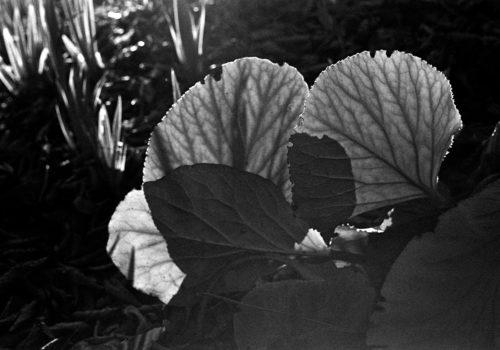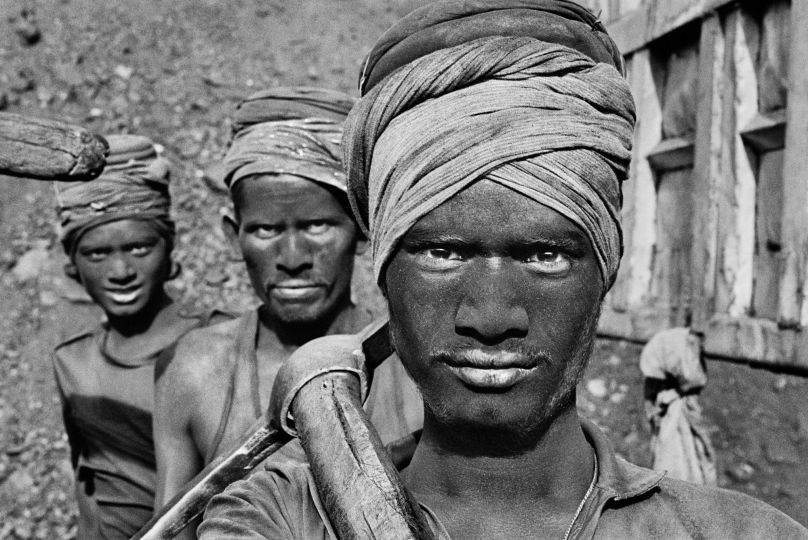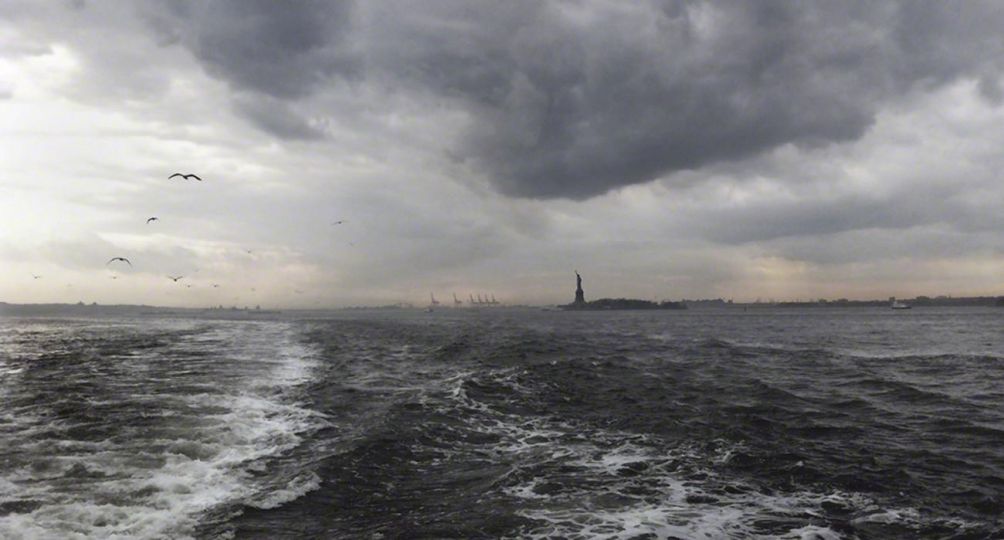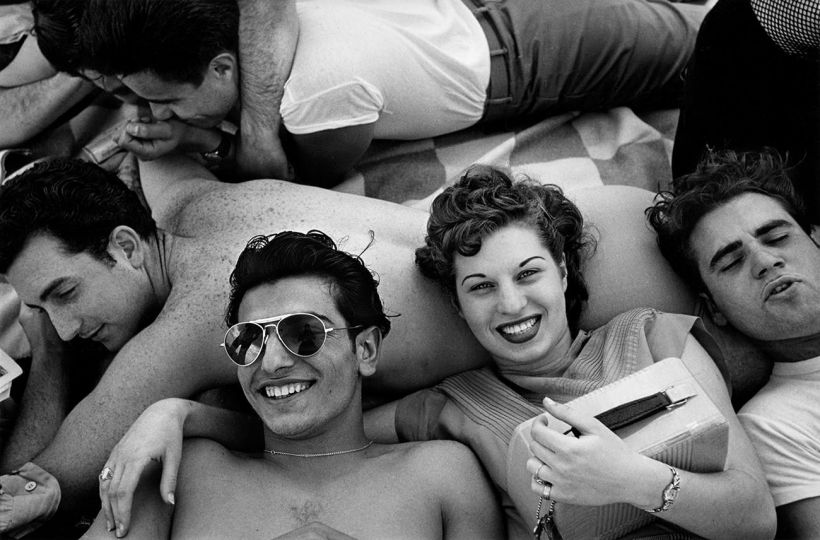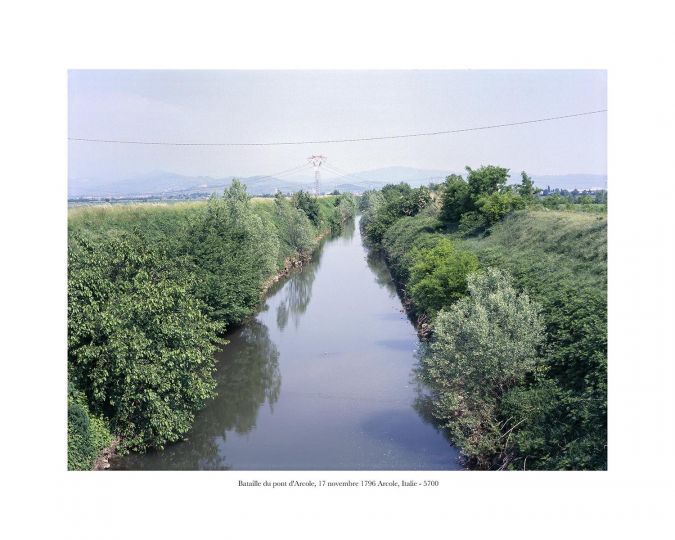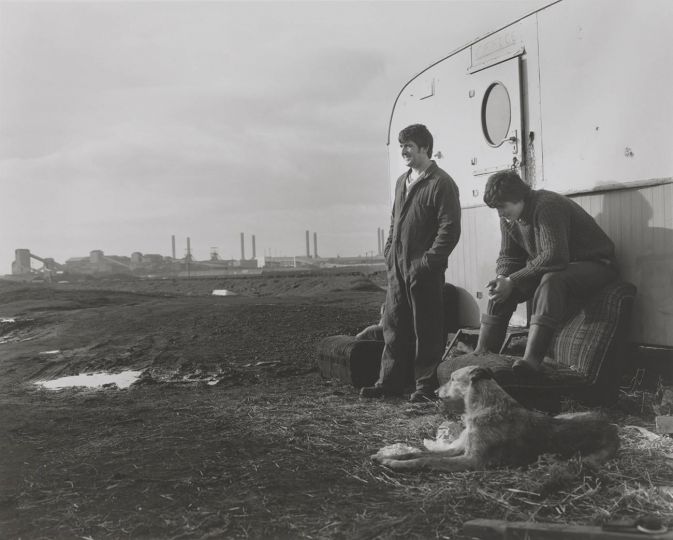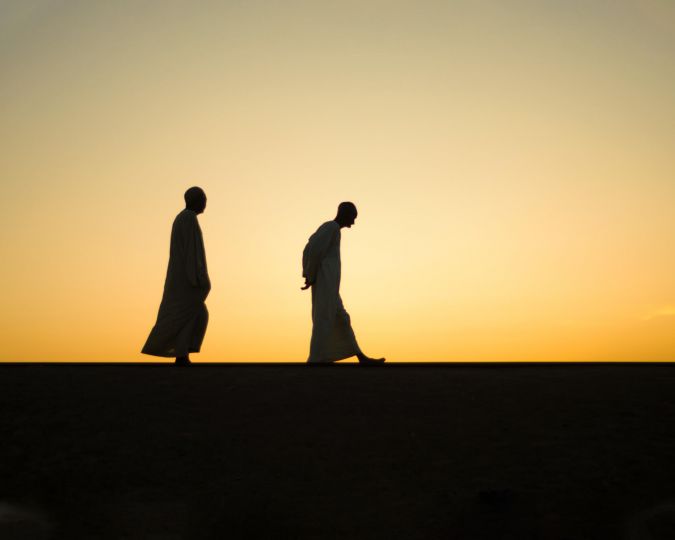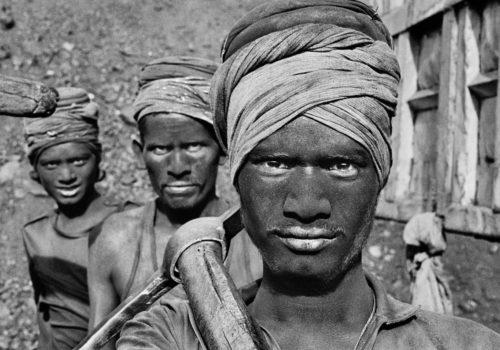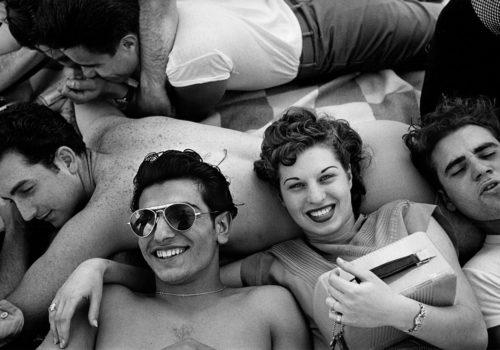It therefore took me a little more than two years of research and testing to be able to design a complete black and white development chain for paper emulsions, a developer, a stop bath and a fixative. For films, I am still studying the more delicate fixing operation, with an alternative fixative with onion and chives juice.
During these two years, I made numerous successive adjustments.
First of all, I used expired films as well as expired papers, the latter of which always gave me results that I observed and considered correct. My different emulsions had been well preserved, dry, protected from light and protected as best as possible from temperature variations.
It was simply enough for their use to systematically lower their sensitivity by half.
This was also one of the parameters that I decided to integrate into my research, above all, for reasons of economy. I will not hide from you that to date, I have used 220 films and rolls in two formats, 24×36 and 6×6.
As for baryta papers of different gradations, I admit that I have never counted the number of expired sheets in 13×18 and 18×24 format.
With different natural products, I quickly realized that temperatures and development times would have an important role to play. Indeed, my factsheets and recipes already published on the Eye of Photography bear witness to this.
Obviously, the different components and active substances found in natural products: condensed tannins, flavonoids, phenolic compounds, polyphenols, vitamins, etc. individually contribute to silver development but at much higher temperatures. than those that we are used to and usually programming with photographic developers from chemistry.
This is how I commonly develop black and white films or films between 24° to 26°. As for baryta papers, for example chloro bromide, the exposure time is a little longer and the temperature of their development most often approaches 30 to 33°. The development time is also a little longer, for films and rolls of around fifteen minutes.
To develop at these high temperatures, I always use a bain marie which allows me to maintain these high temperatures throughout the development period.
For the development of a film in a vat, I sometimes dip the vat in a bain-marie container, while monitoring the evolution of the temperature with a small kitchen thermometer.
In the case of developing a paper print, I place my developer bowl in another slightly larger bowl which acts as a bain marie, this is the only way to date to not leave a sheet for too long of baryta paper in an alternative developer and, thus, promote its development.
At the start of my experiments, the development times were too long. I also remind you that natural alternative developers cannot be stored, they are by definition single-use.
With my different alternative developers, I can now develop a sheet of barium paper in between 4 and 6 minutes without any particular problem. For this, I had to adapt the formula of my paper developer, by slightly increasing the quantity of vitamin C, it has the role of a co-developer, a superadditive effect, without forgetting its action as a preservative in the entire process.
Note that my manufactured developers are not, depending on the basic products (coffee, wine, etc.) usually transparent, so you have to learn to visualize differently the evolution of the image which evolves in these products most often from a dark color is a matter of habit and, let’s also say it, of a little observation and patience.
On the other hand, you must take care to shake the sheet of paper in your bowl all the time in both directions (length and width), in order to avoid the risk of marks or stains which could develop.
I also advise once the image is revealed and before placing the sheet in a stopping bath of white vinegar at 14°, to quickly pass the sheet in a basin of water, in order to already eliminate the excess of natural product that remained on the surface of the emulsion of the print.
Then, it is the classic operation of stopping bath and finally fixing.
For the alternative fixing in onion juice, I recommend, here too, turning the sheet over several times then letting your print set for at least 7 to 8 minutes before washing it. Indeed, the thiosulfate originally contained in the composition of an onion allows, as we know, to fix a silver image, but the fixing time in this alternative experimental approach is not easy to determine.
To see this, you should place the print once dried, facing a light source (behind a window for example) to observe if, over time, the print does not darken. If this is the case, it is the silver halides, initially unexposed, which create this blackening. We can then unfortunately conclude that the draw in question was therefore not sufficiently determined.
To date, I have unfortunately not been able to obtain precise data from institutions specializing in this food as to the quantity of thiosulfate initially contained in a white onion. It’s a bit of a shame! I would have liked to better assess the duration of the fixing operation and perhaps understand more precisely the effectiveness of an ecological alternative fixative. Who knows, maybe one day we will have an answer?
At this level, it is also important to point out that it will of course take time to fairly evaluate the conservation of a print fixed in this alternative fixative of onion and chives juice (Alliaceae family).
Today we see in our old family albums that the quality of conservation of prints dating back more than a century does not appear uniform to us.
I also point out, after my tests, that yellow Cévennes or red Roscoff onions tend to color the baryta paper support when drying.
There are the “for” and the “against” and on the other hand, it is also an opportunity here, with the mixture of certain alternative developers, to obtain completely natural turns, we could even speak of photographs processed in the “old fashioned” way!
The pH of the manufactured alternative developer is important.
For a standard alkaline developer, the pH should usually be between 9 and 11, hence the need to obtain, to monitor your own production, either pH strips or colored pH test papers between 0 and 14, or this which is more practical, a pH meter tester pen (you can find them today for around 60 euros). This is what I personally decided to use.
NB: Important to know when taking your pH measurements.
A pH too low, below 8, can slow down the development process and not allow your emulsion to be completely and correctly developed.
Conversely, a pH that is too high, above 11.5, can damage the photosensitive layer of your emulsion, causing grain formation with a risk of over-developing your film.
It is therefore advisable, as you manufacture your developers, to follow the evolution of your pH and most of the time, to obtain a classic alkaline developer, to choose to integrate a so-called “alkaline” solution into your formula. stamp”.
For example, dilute baking soda after the calcium carbonate. In the formula you have decided on, try for example a ratio of 1.0 grams of sodium carbonate to 1.4 grams of baking soda, which should then allow you to obtain a pH of around 9.
Thus, all of your alternative developer should ultimately approach a pH which will be between 9.5 and 10.5. This is usually the value scale of current standard chemical developing baths.
To continue my research, I will begin to develop, in my alternative channel, prints made with new so-called variable contrast papers. Many of you know them, like Multigrade RC papers.
I promise, I will keep you informed of my future tests.
I attach to this publication, photographs taken in different conditions (outdoor or indoor reporting, still life, etc.) whose films were developed this time in three different alternative developers, orange juice, lavender and mimosa. Also, a barium print developed at high temperature 29° in an alternative developer of coffee and the negative of which had previously been developed in a developer with Mimosa flowers and leaves.
Finally, a barium print developed in my complete alternative chain: development at high temperature 33° in a developer with Mimosa flowers and leaves, stopping bath in white vinegar at 14° and finally fixing in onion juice and chives for 8 minutes.
Depending on the subjects I covered, I chose different products to make my alternative developers. The goal is to obtain a pleasant image grain adapted to each approach.
Finally, in this article I would like to sincerely thank the entire Eye of Photography team who, over time, encouraged me to investigate this alternative photographic field, in which I wanted out of simple curiosity and for a long time to explore. ‘invest.
Since the beginning, the Eye of Photography has published my files/recipes.
Also thank Professor Scott Williams, a great American researcher in inorganic chemistry. In 1995, with his students at the Rochester Institute of Technology, he discovered that black and white film could be developed in coffee! Caffenol.
Even today, and for the past two years, he has closely followed my tests and research, supports me and does not hesitate to advise me.
Jacques Revon
Honorary journalist, author, photographer.
https://fr.wikipedia.org/wiki/Jacques_Revon

